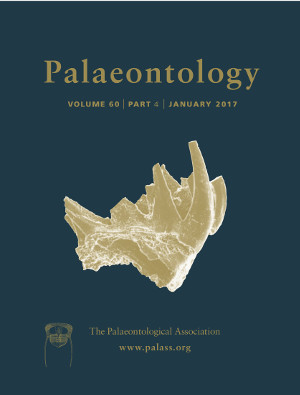Reg. Charity No. 1168330

Evidence for sexual dimorphism is extremely limited in the non‐avian dinosaurs despite their high diversity and disparity, and despite the fact that dimorphism is very common in vertebrate lineages of all kinds. Using body‐size data from both Alligator mississippiensis and Rhea americana, which phylogenetically bracket the dinosaurs, we demonstrate that even when there is strong dimorphism in a species, random sampling of populations of individuals characterized by sustained periods of growth (as in the alligator and most dinosaurs) can result in the loss of this signal. Dimorphism may be common in fossil taxa but very hard to detect without ontogenetic age control and large sample sizes, both of which are hampered by the limitations of the fossil record. Signal detection may be further hindered by Type III survivorship, whereby increased mortality among the young favours the likelihood that they will be sampled (unless predation or taphonomic bias against small size acts against this). These, and other considerations relating to behaviour and ecology, provide powerful reasons to suggest that sexual dimorphism in dinosaurs may be very difficult to detect in almost all currently available samples. Similar issues are likely also to be applicable to many fossil reptiles, or animals more generally.